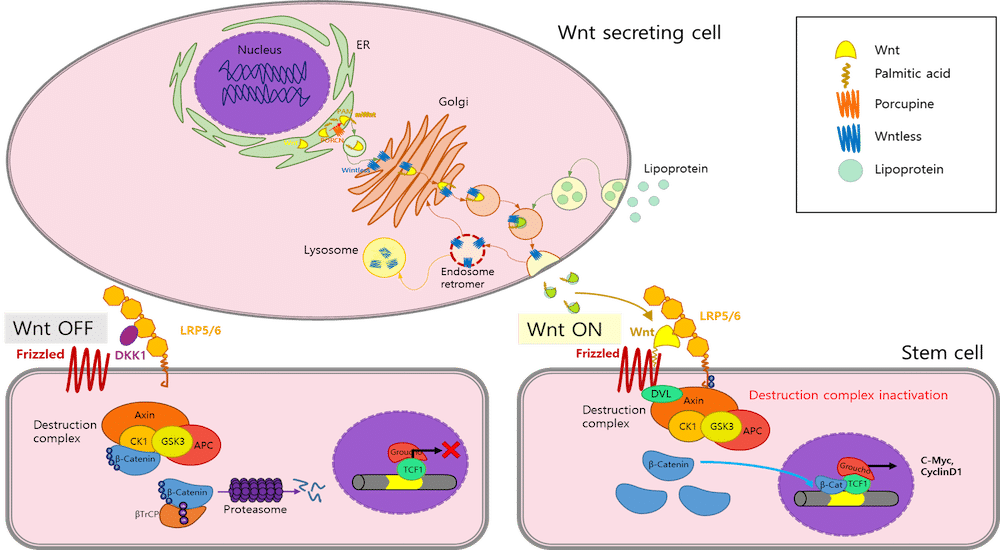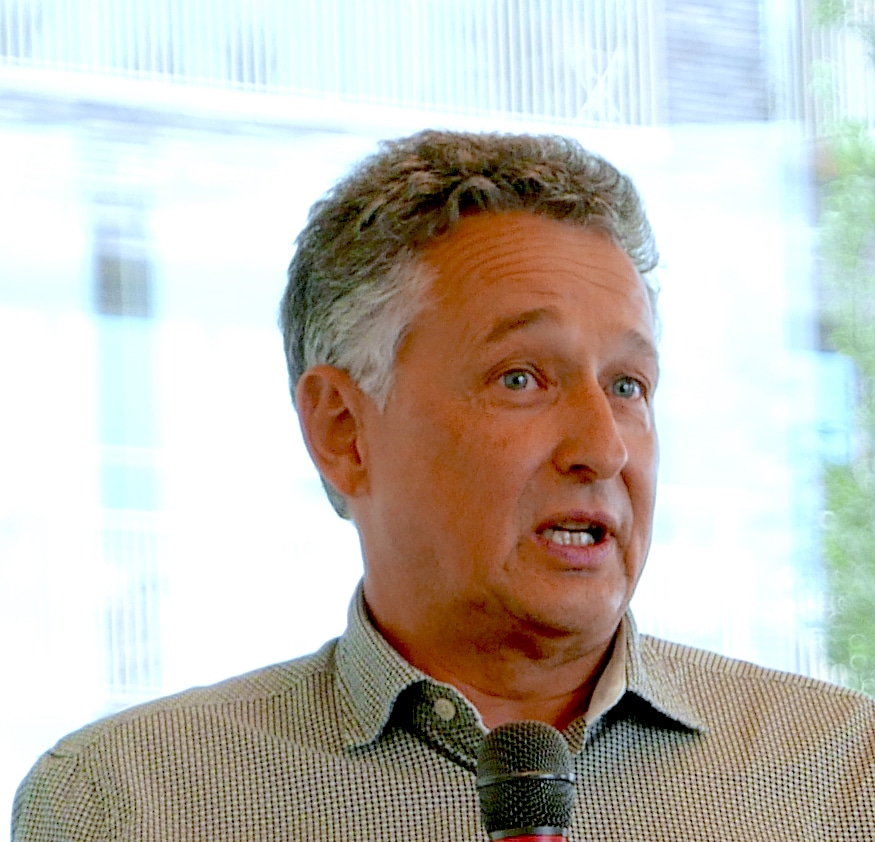Drug breakthrough brings hope for sufferers of rare genetic disorder that causes hearing loss
Sclerosteosis is a rare genetic disorder that causes excessive bone growth leading to life-altering complications, including hearing loss and facial paralysis. A key factor in this condition is the disruption of the Wnt signaling pathway, crucial for bone development. London researchers think they have a way to inhibit an enzyme that regulates within the pathway, potentially reversing bone overgrowth.

Srgokribb - Creative Commons Attribution-Share Alike 4.0 International
The Wnt signaling pathway (pictured) is crucial to the bone development process. When the process goes wrong, as in the case of the rare genetic disorder known as sclerosteosis - which arises from mutations in the SOST gene - the results invariably mean hearing loss, a concomitant of other likely horrors such as facial paralysis, intercranial pressure, and a frequent complication: loss of vision. Correction attempts involve surgery with high risks.
Is there a better way to limit the abnormally high bone mass and skeletal overgrowth resulting from this gene mutation which, although very rare, has been reported mainly in Afrikaners of Dutch descent living in South Africa?
Targeting Porcupine, a crucial enzyme, could lead to relief for sclerosteosis patients
Researchers from the Skeletal Biology Group at the Royal Veterinary College, London, in...
This content is only accessible to registered users of the website audiology worldnews
Already subscribed Log in


